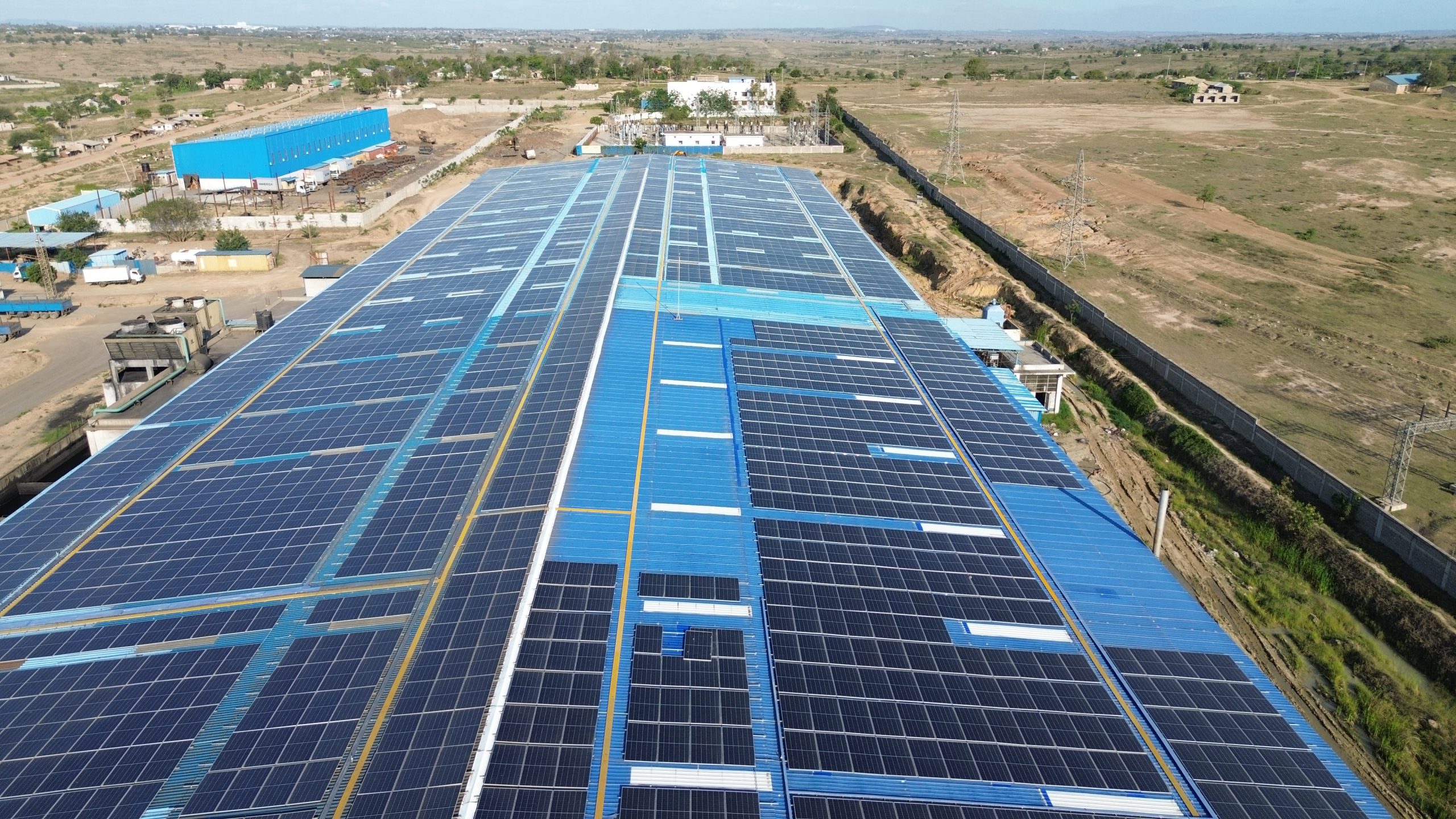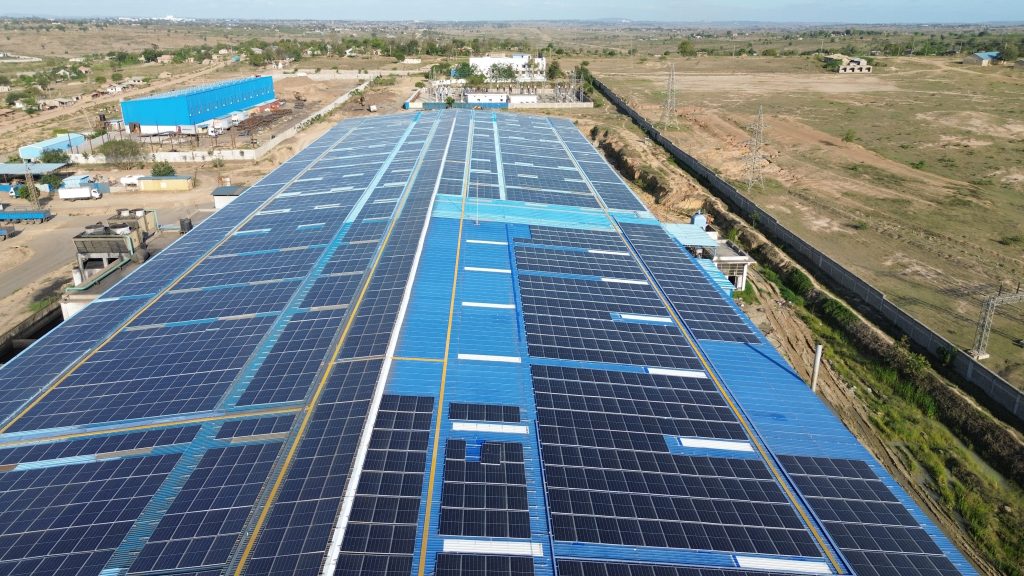
18 Oct Discover How Solar Efficiency Elevates Food Manufacturing
Food manufacturing operates as one of the most energy-intensive sectors, with facilities consuming enormous electricity for refrigeration, processing equipment, packaging lines, and climate control systems maintaining sanitary production environments. Rising energy costs combined with mounting pressure from retailers, consumers, and investors to demonstrate environmental responsibility create compelling reasons for food manufacturers to explore solar efficiency as both cost reduction strategy and sustainability initiative. Solar installations deliver predictable long-term energy costs, reduce carbon footprints, strengthen brand positioning, and provide competitive advantages in markets where environmental credentials increasingly influence purchasing decisions and supply chain partnerships.

Energy Demands in Food Processing
Food manufacturing facilities operate around the clock with consistent baseload electricity demands for refrigeration and freezing maintaining product safety and quality. Processing equipment including mixers, grinders, cookers, and packaging lines consume substantial power throughout production shifts. HVAC systems maintain temperature and humidity controls essential for sanitary conditions and worker comfort. Lighting requirements for food safety inspections and quality control add to electrical loads that aggregate to massive monthly utility bills.
Traditional grid dependency exposes food manufacturers to rate volatility that complicates financial planning and erodes profit margins already compressed by competitive pressures. Demand charges penalizing peak consumption can represent thirty to fifty percent of total electricity costs, creating financial incentives for load management and on-site generation. Solar efficiency addresses these challenges through clean power generation that reduces grid purchases, lowers demand charges through strategic battery integration, and provides cost predictability facilitating long-term strategic planning.
Solar System Design for Food Facilities
Food manufacturing facilities present ideal conditions for solar efficiency implementation. Extensive roof areas on processing plants, warehouses, and cold storage facilities provide mounting surfaces for photovoltaic arrays generating substantial power. Ground-mounted installations utilize available land surrounding facilities, particularly valuable for rural operations with acreage not suited for building expansion. Building-integrated systems make dual use of roof surfaces already maintained for weather protection.
We design solar installations maximizing generation while addressing food industry requirements including strict hygiene standards, structural loading limits, and operational continuity imperatives. At Spenomatic Group, our food manufacturing experience ensures solar systems integrate seamlessly without compromising food safety protocols or creating maintenance complications. Panel selection considers factors including efficiency ratings, temperature coefficients affecting performance in varying climates, and warranty terms protecting long-term investments.
The Food and Drug Administration maintains stringent facility standards, and our solar designs comply fully while delivering environmental benefits that strengthen sustainability credentials increasingly valued throughout food supply chains.
Economic Returns and Financial Incentives
Solar efficiency investments require upfront capital but deliver returns through reduced electricity purchases over system lifespans exceeding twenty-five years. Food facilities with high daytime power consumption see particularly attractive economics as solar generation peaks during operational hours when demand and electricity rates are highest. Federal investment tax credits, accelerated depreciation, and state-level incentives substantially improve project economics, often reducing effective capital costs by thirty to forty percent.
We provide comprehensive financial modeling incorporating electricity rate escalation assumptions, incentive capture strategies, and sensitivity analyses showing returns under various scenarios. Typical food manufacturing solar installations achieve payback periods of four to seven years, with ongoing savings continuing decades beyond capital recovery. Solar efficiency also hedges against future rate increases, providing cost certainty that becomes increasingly valuable as utility prices trend upward.
Battery Storage Enhancing Value
Energy storage systems dramatically amplify solar efficiency benefits by capturing excess midday generation for use during evening shifts or overnight operations. Storage eliminates concerns about solar intermittency while enabling strategic demand charge management where facilities discharge batteries during highest-cost periods rather than drawing expensive grid power. Peak shaving applications can save tens of thousands monthly in demand charges alone.
Battery systems also provide backup power for critical refrigeration and food safety systems, protecting against grid outages that could spoil temperature-sensitive inventory worth millions. We design integrated solar-plus-storage solutions sized for each facility’s load profiles, rate structures, and resilience requirements, ensuring systems deliver both economic returns and operational risk mitigation.
Refrigeration Load Management
Refrigeration and freezing represent the largest electrical loads in most food facilities, consuming power continuously regardless of production schedules. Solar efficiency enables strategic load management where facilities shift refrigeration intensively during peak solar generation hours, pre-cooling products and spaces to carry through periods of lower generation. Thermal mass in frozen products and refrigerated spaces acts as energy storage, allowing flexible consumption timing that maximizes solar utilization.
Intelligent control systems coordinate refrigeration compressors with solar generation and electricity pricing, optimizing total energy costs while maintaining product safety through precise temperature management. This optimization delivers additional savings beyond direct solar generation benefits, making comprehensive approaches more valuable than simple panel installations.
Sustainability Reporting and Brand Value
Food brands face increasing scrutiny regarding environmental practices from consumers who consider sustainability when making purchasing decisions. Solar efficiency provides quantifiable emissions reductions that strengthen sustainability reporting and corporate communications. Each megawatt-hour of solar generation avoids approximately 0.4 to 0.7 metric tons of CO2 emissions depending on regional grid carbon intensity, creating measurable progress toward corporate climate commitments.
Major retailers including Walmart and Target audit supplier sustainability practices, with renewable energy adoption increasingly influencing contract decisions and partnership evaluations. Solar installations demonstrate environmental commitment that distinguishes food manufacturers in competitive bidding while building consumer trust supporting premium pricing and brand loyalty. The Sustainable Food Trade Association recognizes renewable energy as fundamental to responsible food manufacturing.
Operational Considerations and Maintenance
Solar systems require minimal ongoing maintenance, typically involving periodic panel cleaning to remove dust and debris that reduces generation efficiency. Monitoring systems track performance continuously, alerting facility managers to any issues requiring attention while validating expected generation supporting financial projections. Inverter inspections and electrical connection verifications occur annually, with routine maintenance integrating easily into existing facility programs.
We establish comprehensive maintenance protocols tailored to food manufacturing environments where sanitation standards and operational schedules drive facility management. Remote monitoring enables our teams to oversee system performance proactively, identifying issues before they impact generation while providing ongoing optimization recommendations maximizing returns throughout system lifespans.
Future-Proofing Food Operations
Solar efficiency positions food manufacturers advantageously for evolving energy landscapes where carbon pricing, renewable energy standards, and stakeholder expectations continue tightening. Facilities with substantial solar capacity demonstrate forward-thinking leadership while building infrastructure supporting long-term competitiveness. As electricity prices increase and carbon regulations expand, early solar adopters gain compounding advantages over competitors delaying investments.
Electric vehicle charging for delivery fleets, emerging processing technologies, and facility expansions all require additional electricity that solar systems can supply cost-effectively. Designing initial installations with expansion capacity ensures future growth proceeds economically without requiring complete system redesigns.
Conclusion: Solar Leadership in Food Manufacturing
Solar efficiency delivers transformative benefits combining immediate cost reductions with long-term strategic advantages. Technology maturity, attractive economics, and mounting sustainability pressures create compelling rationales for food manufacturers to embrace solar as essential infrastructure rather than optional enhancements.
Food manufacturing runs on thin margins where every efficiency gain matters. Solar isn’t just about being green, it’s about being smart with your capital and your operating costs. We’ve helped food manufacturers from small processors to major brands implement solar efficiency that actually delivers promised returns. Spenomatic Solar approaches solar as business investment first, ensuring economics work before anything else. Our food industry knowledge means we understand your operational realities, and our solar expertise means we deliver systems that perform. When you’re ready for an honest conversation about what solar can do for your facility, we’re here.
FAQs
1. Can solar systems provide reliable power for food manufacturing?
Yes, grid-connected systems with battery storage ensure reliability while generating substantial clean power, with grid serving as backup during low generation periods.
2. What percentage of facility electricity can solar realistically provide?
Depending on available space and consumption patterns, solar typically provides thirty to sixty percent of annual electricity needs for food facilities.
3. How do solar installations impact food safety compliance?
Properly designed systems don’t interfere with food safety protocols, with installations occurring without production disruptions and maintained according to facility sanitation standards.
4. What happens during power outages with solar systems?
Grid-tied systems shut down during outages for safety, but systems with battery storage can provide backup power for critical loads including refrigeration.
5. Do solar systems require extensive roof modifications?
Modern mounting systems accommodate most roof types with minimal penetrations, and ground-mounted alternatives work where roof installations aren’t suitable.


Sorry, the comment form is closed at this time.